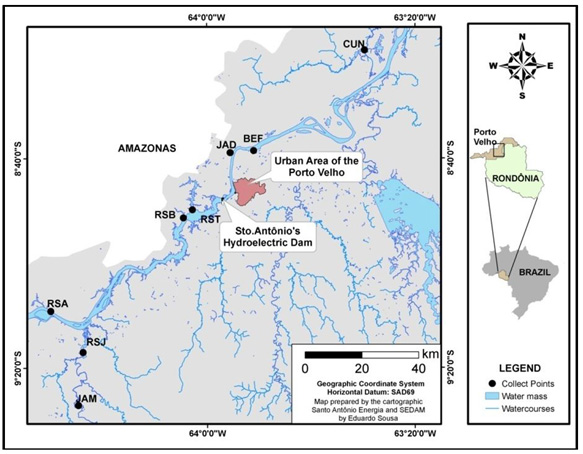Effect of different dephts water and doses of nitrogen and potassium in production of Tanzania grass
Keywords:
forage yield, nitrogen fertilization, pasture irrigation
Abstract
The study of the interaction between nitrogen, potassium and water content are important in defining the optimum doses of these factors in order to optimize the production of fodder. Thus, it had as objective in this study was to evaluate the effects of applying different water depths and nitrogen and potassium, in the production of Tanzania grass in southern state of Tocantins. To study the influence of water levels and combinations of N and K2O in the grass, the dry and wet periods of the year, it was determined during the experiment forage production. The highest yield in the same period was 8706 kg ha-1, with the dose of 576.79 kg ha-1 N: 0.8 K2O and water depth of 116% ETc, resulting in an increase of 246%. During the rainy season, the lowest yield was 6815 kg ha-1, a dose of 100 kg ha-1 yr-1 N: 0.8 K2O in the absence of irrigation. The highest yield in the same period was 11,710 kg ha-1, with the estimated dose of 672.9 kg ha-1 yr-1 N: 0.8 K2O and applied water depth of 120% of ETc, resulting in a increase of 71.8%. It was therefore concluded that work that the maximum dry matter yield estimated to the adjusted model was 20,216 kg ha-1 yr-1 obtained with the applied water depth equal to 949 mm and with the application of 630 kg ha-1 year-1 of nitrogen and potassium mixture in the ratio of a nitrogen unit for 0.8 potassium units.
Published
24/06/2015
Issue
Section
Papers
Authors maintain the copyrights for their work. However, they grant rights of first publication to Ambiente e Agua - An Interdisciplinary Journal of Applied Science. In compensation, the journal can transfer the copyrights, allowing non-commercial use of the article including the right of sending the article to other data bases or publication media. The journal uses the CC BY 4.0 license"






